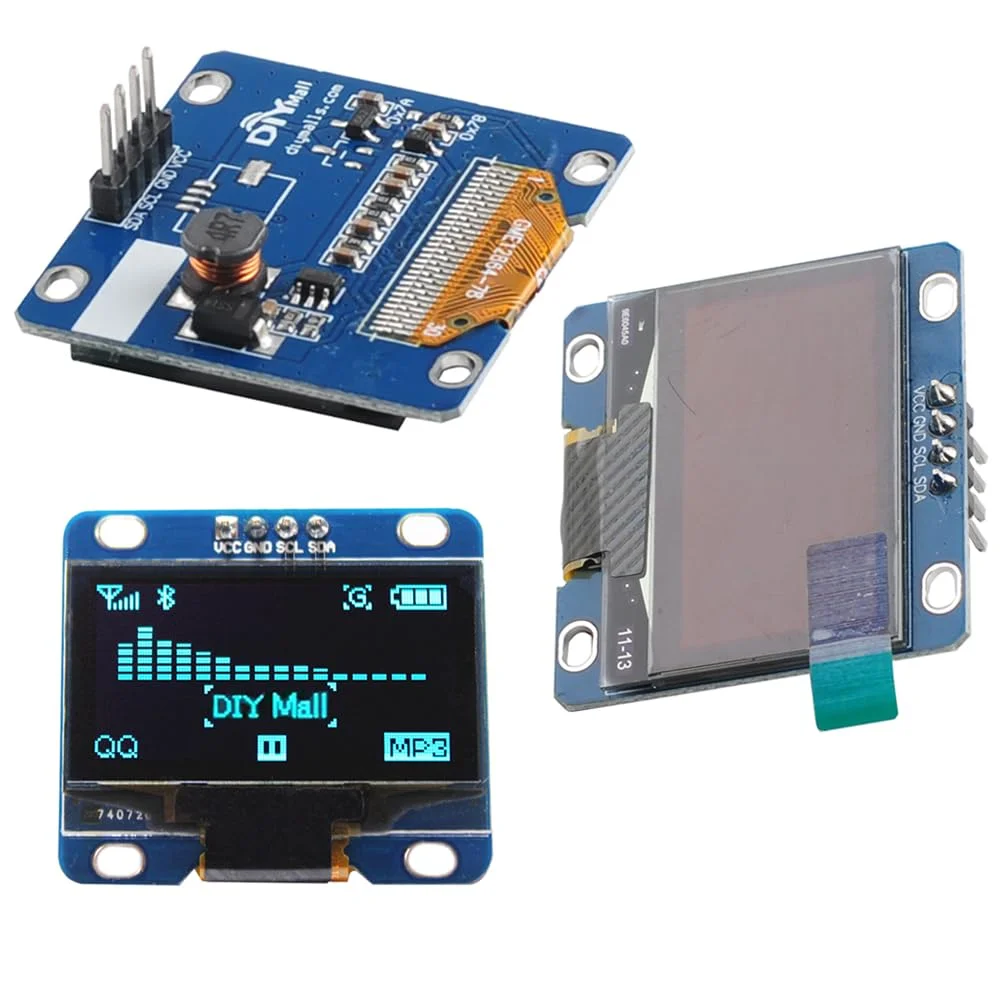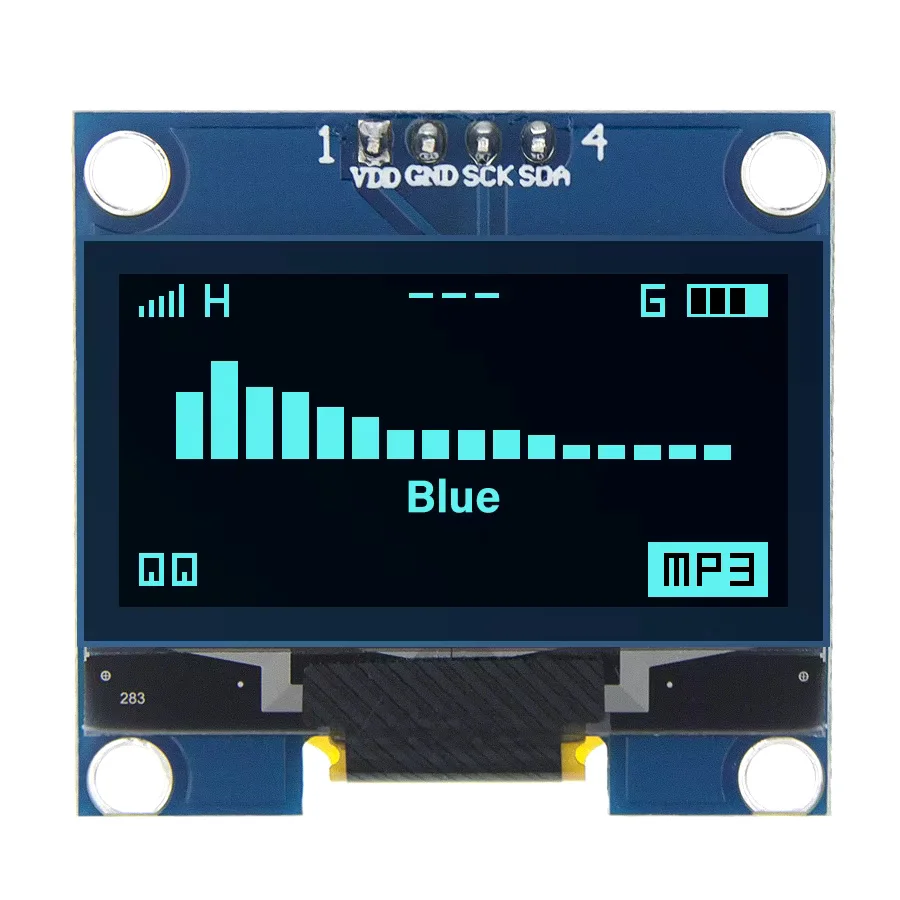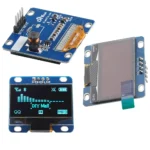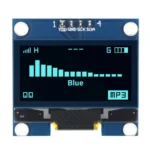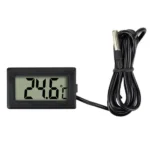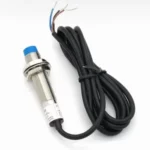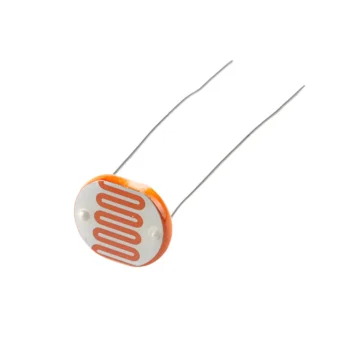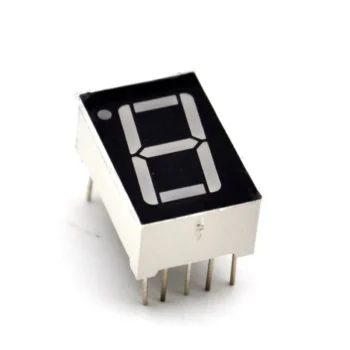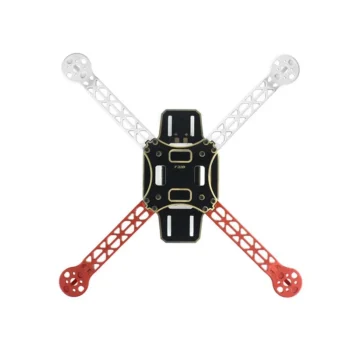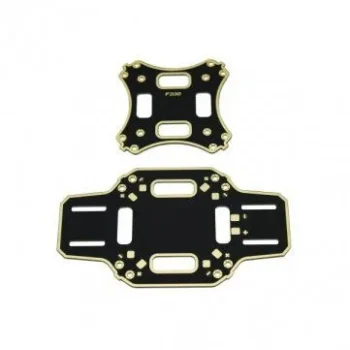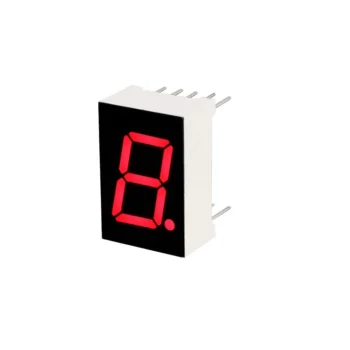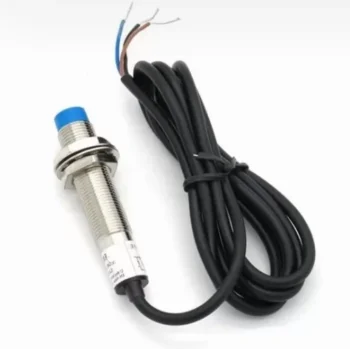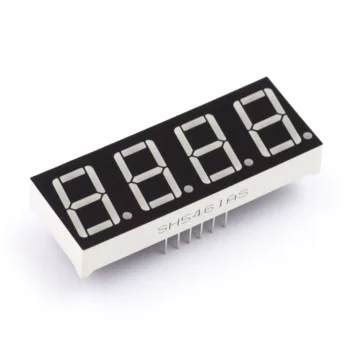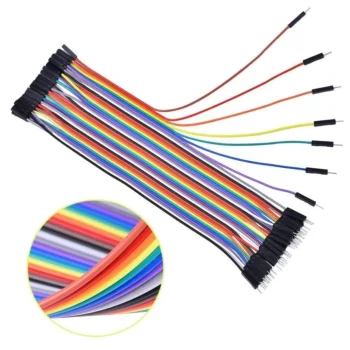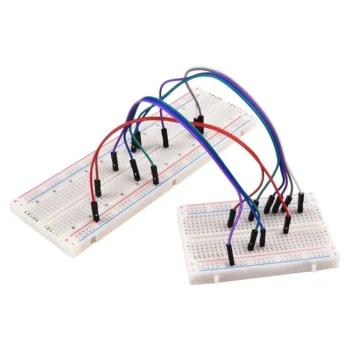1.3″ OLED I2C IIC Interface, Blue Screen, 4 pin, 128X64
1.3-inch OLED display module with a 128×64 pixel resolution and a blue monochrome screen. It uses an I2C/IIC interface for communication, requires a 4-pin connection, and is compatible with 3.3V to 5V microcontrollers like the Arduino. Key features include high brightness, self-emission (no backlight needed), high contrast, low power consumption, and a wide viewing angle
- Livraison & Retour
Livraison
Livraison en boutique GRATUIT
1 à 3 jours ouvrables
À domicile ou en point relais à partir de 400DA
Sur toutes vos commandes en livraison à domicile ou en point relais
Retours
Retour
Nous accepterons les échanges et les retours de vêtements non portés et non lavés dans les 30 jours suivant la date d’achat (14 jours pendant la période des soldes).
Retours en boutique GRATUIT
Votre retour sera généralement traité dans un délai d’une semaine à une semaine et demie. Nous vous enverrons un e-mail de notification de retour pour vous informer une fois le retour effectué. Veuillez prévoir 1 à 3 jours ouvrables pour que les remboursements soient reçus selon le mode de paiement d’origine une fois le retour traité.
- Poser une question
1.750,00 DA
- Size:1.3 inch
- Resolution:128*64
- Controlling Chip:SSH1106
- Display Area:29.42*14.7mm
- Driving Voltage:3.3-5V
- Operating Temperature:-40~70 celsius
- Interface Type:IIC
- Light Color:blue
- GND:power ground
- VCC:power positive
- SCL:clock wire
- SDA:data wire
Produits connexes
- ESP32-WROVER is a powerful, generic WiFi-BT-BLE MCU module that targets a wide variety of applications,ranging from low-power sensor networks to the most demanding tasks, such as voice encoding, music streamingand MP3 decoding. The ESP32-WROVER has two versions: The ESP32-WROVER IPEX Module uses an IPEX antenna while the ESP32-WROVER PCB module has a PCB antenna.
12mm 12528 LDR is a type of photoresistor with a 12mm diameter and the model number GL12528, which changes its resistance based on the intensity of light it is exposed to. The resistance of the component is high in the dark and drops significantly as light increases, making it useful for detecting ambient light levels
Seven-segment display (5611AH):
- The 7-segment displays consist of a series of LEDs placed to form numbers.
- A 7-segment display allows you to view the digits from 0 to 9.
- Typical voltage: 2.2v / Current per segment max: 30mA
This is 125K RFID Tag. The RFID technology is used for sensing and identifying tagged people and objects for access control, automation, and a whole range of different applications.
Operating on a frequency of 125kHz, these tokens are all pre-programmed with unique ID numbers to communicate wirelessly with RFID Readers over distances of around 10cm or less. This means you can attach it to vehicles or items, keyrings or even pets’ collars to keep track of the location via an array of readers in the office, warehouse or home.
- Wheelbase: 330mm
- Material: Glass Fiber + Polyamide-Nylon
- Moter Mounting Hole Diameter: 3 mm
- Arm Size: 155×34 (LxW) mm
- Weight: 160 gm
The Arduino UNO is the best board to get started with electronics and coding. If this is your first experience tinkering with the platform, the UNO is the most robust board you can start playing with. The UNO is the most used and documented board of the whole Arduino family.
The « LJ12A3-4-Z/BX » is an inductive proximity sensor that detects metal objects within a 4mm range. It operates on a DC 6-36V power supply and has an NPN (Normally Open) digital output, meaning it completes a circuit to the signal line when it detects metal. These sensors are used in industrial automation for non-contact switching, control, and detection
The HW-201 IR infrared obstacle detection module can detect obstacles within a distance range of 2 cm to 30 cm, with a detection angle of 35 degrees.
It can operate with a supply voltage of 3.3 V to 5 V and has a maximum current consumption of 100 mA. The module outputs a digital signal, high when an obstacle is detected, low when no obstacle is detected.
The infrared LED has a wavelength of 940 nm and an operating frequency of 38 kHz. The module operates at temperatures between -25 °C and +55 °C.
